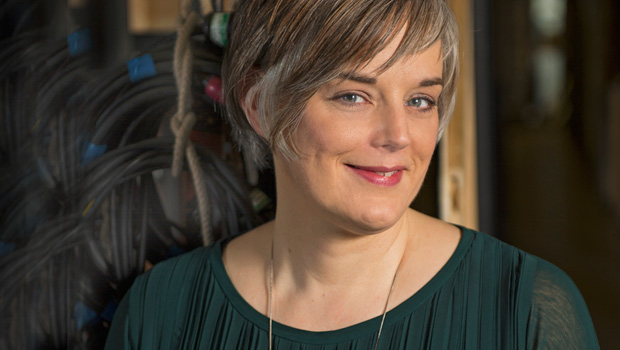
© Tristram Kenton. (Click image for larger version)
Lucy Carter at work
www.sadlerswells.com
5 Questions to lighting designer Lucy Carter on No Body – Sadler’s Wells dance installation sans the dancers
No Body – Lucy Carter / Michael Hulls / Nitin Sawhney
runs from 7-12 June 2016 at London’s Sadler’s Wells. Details
No Body sounds amazing – a series of installations where all those who normally support dance take the lead to show their art in new ways. Where did the idea spring from, how did you decide what you all wanted to do and how long have you been working on it?
I have been exploring my work in terms of standalone installations for the last few years. After I had a piece in a visual art and contemporary music festival in Switzerland shown in 2014, I had a meeting with Alistair Spalding at Sadler’s Wells to propose lighting installation work and to talk about the work I had been doing. He had already been in conversation with Michael Hulls about a similar thing and they had created the idea of a series of installation works and decided the idea of the No Body event. So he asked me to be involved.
From there I was interested in making something site specific for Sadler’s Wells and explored the whole of the building looking for suitable spaces and inspiration. I was excited by the spaces that audiences don’t normally see, and the potential to tell the stories of these spaces, the building and the people who work in them. The ideas evolved over a long period of time, maybe 9 months, and gradually I found the thread that would connect my three pieces. Exposing a world the artists and technical teams inhabit on a day-to-day basis and weave a story through the highly emotive quality of lighting that evokes nostalgia and the sense of the creative people working there. The idea of the absence of body that the title suggests is also played with. What happens when those creative people are absent from the spaces they work in?
For your part of No Body you are working on some installations with composer Jules Maxwell – what should we expect? Tell more…
I have known and worked with Jules for 20 years on numerous dance pieces and we have explored and discussed working alone without choreographers and dancers to create performances ourselves. He was therefore the ideal collaborator for me on this project.
We are working to create theatrical environments with emotive textures that create sensation in the viewer: a sense of the energies backstage and in a playful way suggesting a life after everyone has gone home.

© Tristram Kenton. (Click image for larger version)
How do you design your lighting? Choreographers see their work emerge over days and weeks in the studio, set and costume designers have their sketches and model boxes, but what do lighting designers do to see what they plan? Or does much come together near the end?
It is the most difficult part of the job, explaining and developing lighting ideas with no way to show and tell or experiment. It is very cerebral and the dialogue between the collaborators is extremely important. The more you discuss and exchange thoughts and ideas on the work before you go into the theatre the better because, then as you make your choices and begin your journey in the theatre, the more your instinctual choices will be imbedded in and inherent to the ideas and themes of the piece. I form my lighting designs from mutual research and discussions with the collaborative team. That way there are always other ideas and lighting concepts to try when something doesn’t work in the moment. It’s very much about flexibility and responsiveness.
Lighting seems to get more complex and clever – how’s it changed since you started and what changes lie ahead?
There is more technology that can assist with more and more complex effects and environments. I have always used lighting as a way to add and represent ideas in a piece. There may be mathematical equations, patterning or visible pictures that evolve and change during the work; now with the clever equipment, especially in the programming side of this development, I can achieve this manipulation in a much more complicated and layered way.

© Tristram Kenton. (Click image for larger version)
Money no object, what’s your greatest lighting or dance wish?
To have more time on stage with the lighting to polish and experiment on every piece. I have no burning desire for more technology or a new fantastic light. Just that unlimited money would allow us creation time.








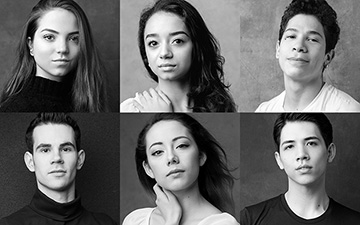
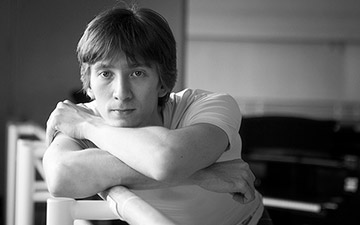
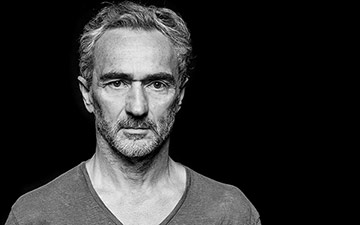



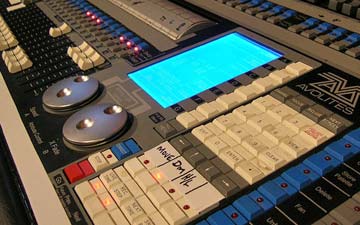

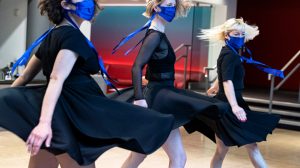
You must be logged in to post a comment.